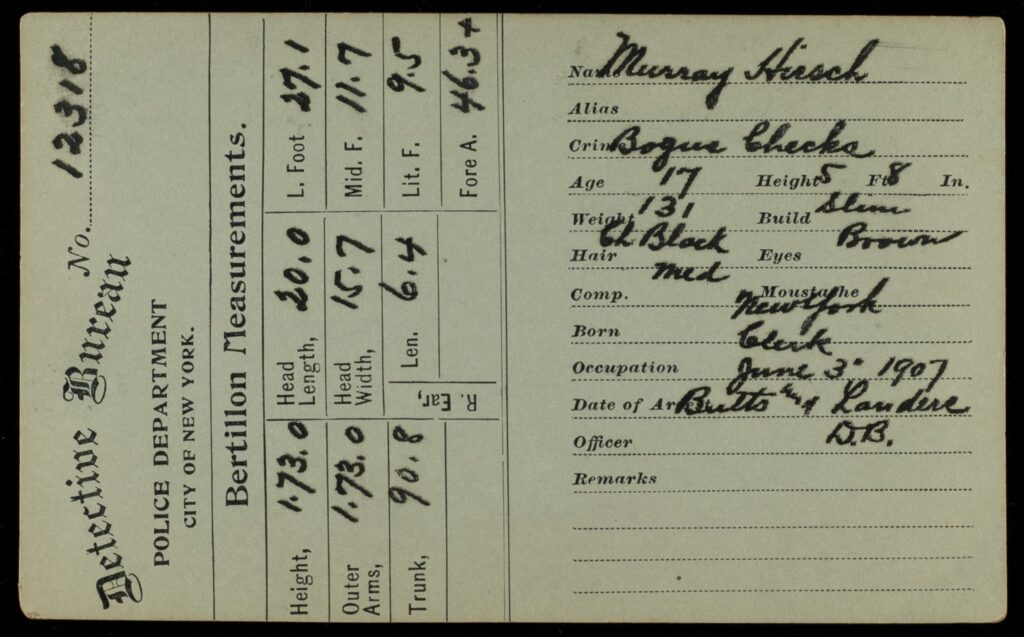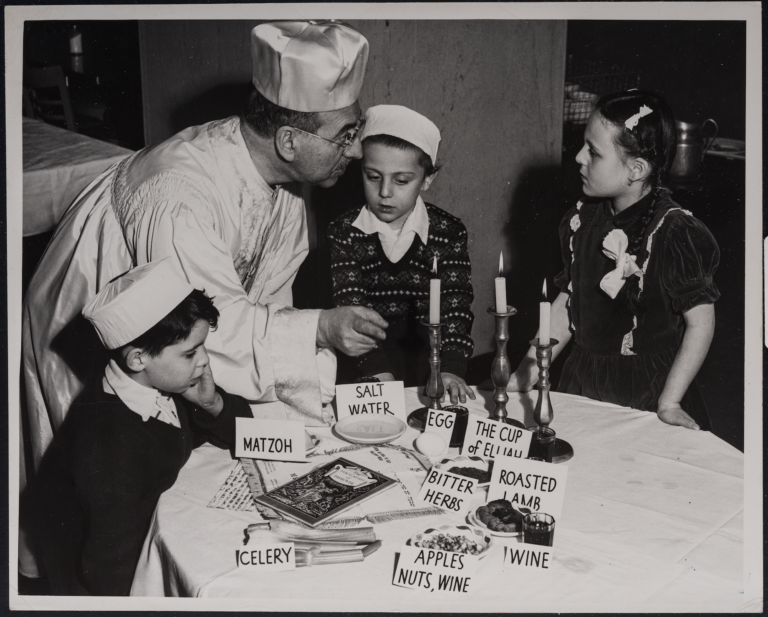With the proliferation of television, movie, and book content related to mystery and crime solving, most of us have a passing familiarity with the forensic processes shown in those mediums; the taking of photos for identification, DNA and other scientific analysis, fingerprinting, and other methods to solve crimes are often featured as integral plot points. While fingerprinting was established as a formal process (to lift impressions and transfer them to another surface for analysis) in the early days of the 20th century, tests such as DNA and other more advanced forms of scientific inquiry were developed in the relatively recent past. So, what did detectives do prior to those methods?

The “mugshot”, or booking photo, was first used by police forces in the mid-19th century, after the invention of photography; police forces quickly realized the utility of a photo to identify accused offenders for both police record-keeping and for identification by potential witnesses. But the process of standardizing and creating specific guidelines for photo consistency were not created until the late 19th century, pioneered by an eccentric employee of the French police, Alphonse Bertillon. Bertillon’s methods helped standardize the process of the photographic police record, resulting in the familiar format composed of two photos, one from the front and one from the side- commonly referred to as the “mugshot”. But Bertillon also created a parallel data capture process for identification, referred to as “The Bertillon System”, which required police officers to collect measurements of the individuals during the arrest process for additional points of identification. The measurements (height and weight, head and foot size, as well as measurements of specific fingers) were also collected and documented on cards that accompanied the booking photo. His method was deeply flawed for a number of reasons, one of which being that Bertillon created the data collection guidelines by exclusively measuring adult males with short hair as the standard, making the system of limited or nonexistent use for anyone who did not fit that specific body type. Bertillon also relied on intrinsically flawed handwriting analysis during the Dreyfus Affair, where Bertillon’s testimony helped convict Dreyfus; Bertillon was not a handwriting expert, and his analysis in this case was later discredited by trained mathematicians, helping to reverse Dreyfus’s conviction.

The Bertillon measurements were later replaced by fingerprinting and other forensic methods, but the system was in use for long enough that it is mentioned in literary and non-fiction works of the 19th century and later; mentions appear in stories by both Arthur Conan Doyle and Agatha Christie, as well later works of historical fiction. And, the Bertillon System also appears in the collections of the AJHS, as part of our collection of printed ephemera; we have a mugshot card for a forged check charge, complete with Bertillon measurements, from the early 20th century.







